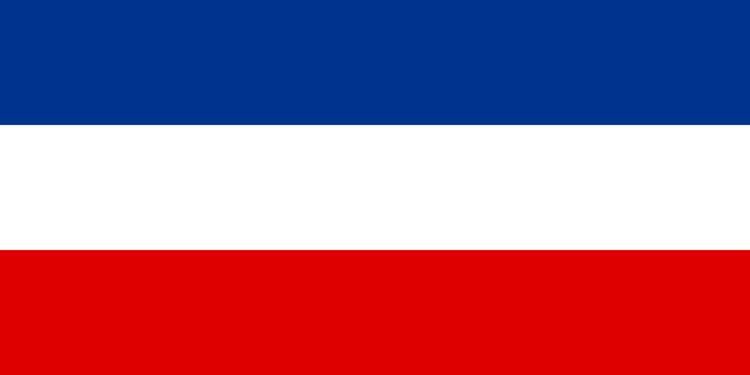 | ||
Serbian–Montenegrin unionism is a political ideology which arose during Montenegro's affiliation with the Federal Republic of Yugoslavia and the State Union of Serbia and Montenegro. It advocates Montenegro being in a federal political union with Serbia and opposes Montenegrin independence and separation from Serbia. The relationship between Serbs and Montenegrins have been identified as being the closest of all the peoples of the former Yugoslavia.
Contents
History
Friendship between the states of Montenegro and Serbia is long-standing. In 1878, Montenegro and Serbia were officially recognized as independent by the Ottoman Empire. The two entities since shared all essential experiences; they fought as part of the Balkan League when it came to removing the Ottomans from Rumelia during the First Balkan War, and they fought alongside each other against Austria-Hungary and Germany during World War I. Plans for "Serb unification", having predated the independence of the countries, were finally partially implemented after the war. The Podgorica Assembly (November 1918) concluded the decision to merge the Kingdom of Montenegro with the Kingdom of Serbia, followed by the creation of Yugoslavia. The Montenegrin monarchy was thereby removed, and opposition to the annexation culminated in the Christmas Uprising (1919) in which a smaller part the Montenegrin population demonstrated against the Serbian takeover.
When Yugoslavia was reformed by the Yugoslav Communists after World War II, Montenegro became a republic alongside a Serbian entity reduced in size. When in 1991 and 1992, the remaining outstanding Yugoslav republics voted for independence, Montenegro chose to continue a federation with Serbia as FR Yugoslavia ("Serbia and Montenegro" after 2003). After 1996, Montenegro – led by rebel and former pro-unionist Milo Đukanović – reversed its direction and began taking measures to distance itself internally from Serbia and discontinue its role within the federation. This sentiment, which grew popular among the Montenegrin nation, led to the 2006 Montenegrin independence referendum which ended in a narrow passing of approvement of independence (55.5%, with threshold at 55%). Throughout Montenegro's history as a federal unit however, and still today, a political wing in the country has supported a continued political union with Serbia.
Ideology
Serbian–Montenegrin unionism is different from Greater Serbian nationalism. From the Serbian point of view, it fully recognises Montenegro as an equal partner (not an absorbed land), and Montenegrins as a nation equal to the Serbs. Most Serbians and Montenegrins feel extremely closely related.
Political parties in Montenegro
Currently in Montenegro, there are several parties that support unionism, such as New Serb Democracy, Democratic People's Party, Democratic Party of Unity, Democratic Serb Party and the Serb Radical Party, all part of the opposition alliance Democratic Front.
